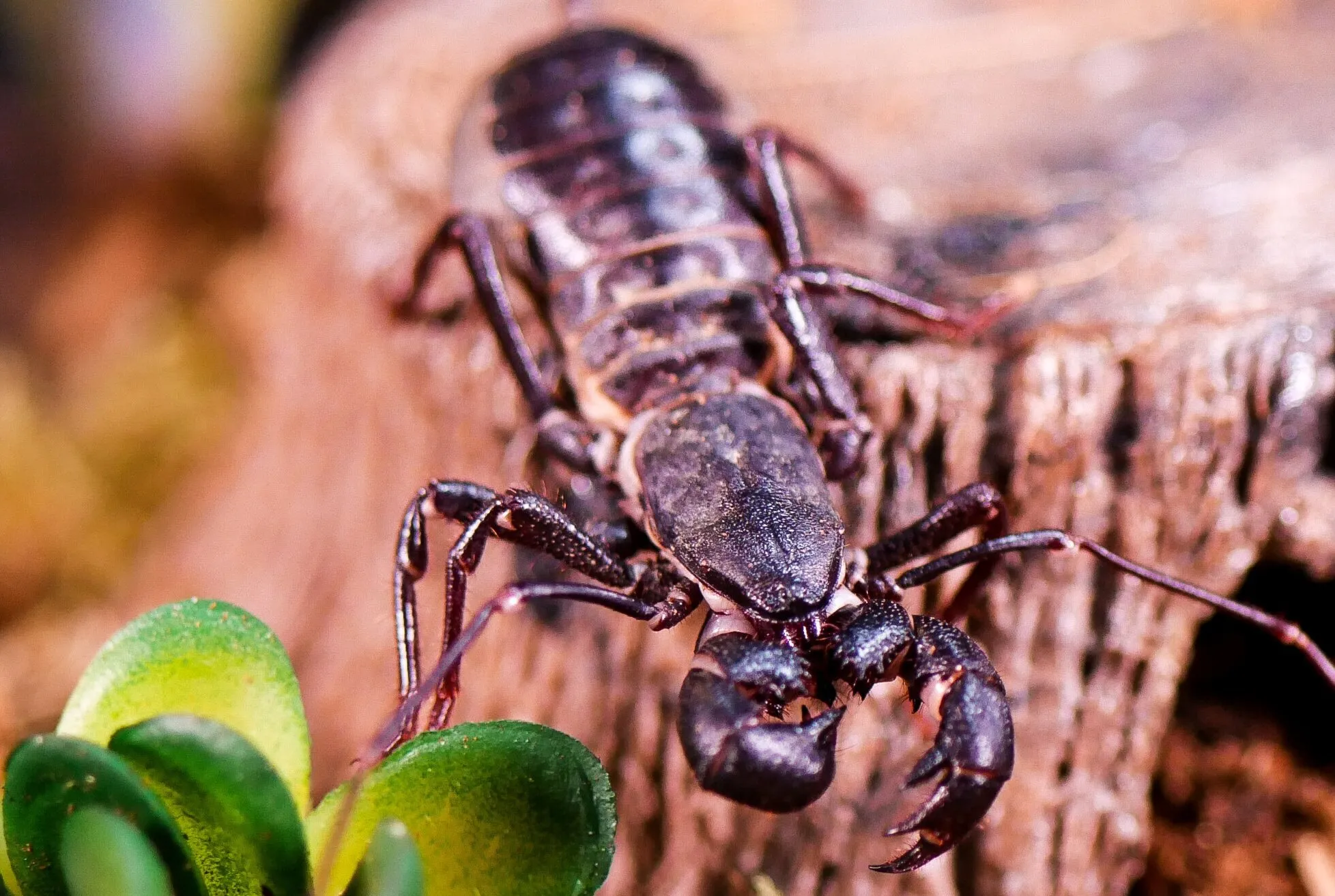Vinegaroon vs Tarantula Overview
The animal kingdom is filled with fascinating creatures, and the vinegaroon and tarantula are no exception. Both are arthropods belonging to the class Arachnida, but they represent very different orders. Understanding their key differences is crucial for anyone interested in these unique invertebrates. This comparison explores five key distinctions, from their physical appearance and habitats to their behaviors and defensive mechanisms. We’ll delve into their unique characteristics, helping you appreciate the diversity and adaptations within the arachnid world. Prepare to explore the intriguing lives of these fascinating creatures and understand what makes them stand apart in the world of invertebrates.
Appearance Differences
Vinegaroon Appearance
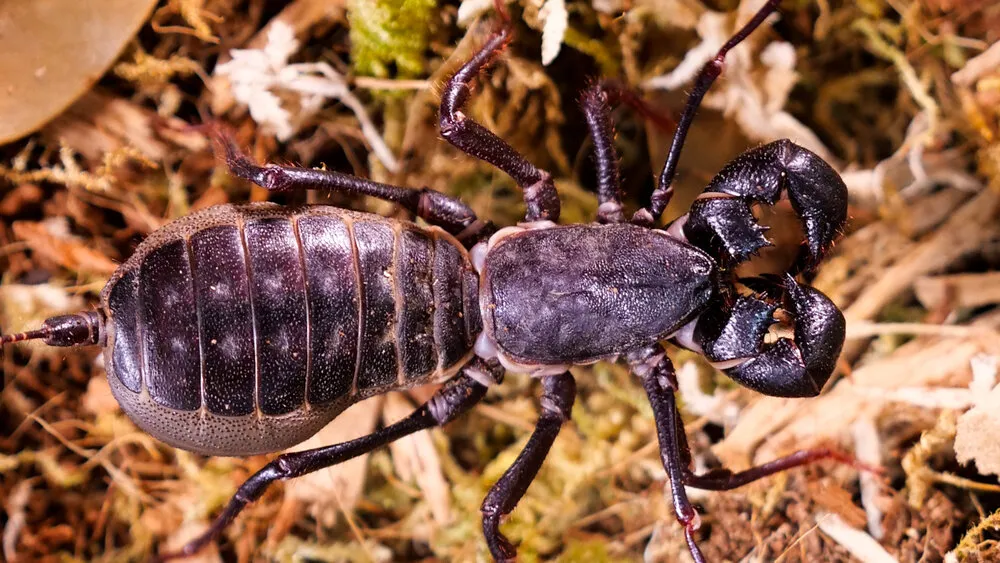
Vinegaroons, also known as whip scorpions, have a distinct appearance. Their bodies are divided into two main parts cephalothorax and abdomen. They possess a pair of long, whip-like structures that extend from the rear, used primarily for sensing their environment. These arachnids have a pair of pedipalps (mouthparts) that resemble small pincers, which they use to grab prey. Vinegaroons typically have a dark brown or black coloration, and their exoskeleton is quite rigid. They lack the prominent spinnerets that spiders use to create silk, and their overall body shape is flatter and more elongated compared to tarantulas. Vinegaroons’ unique morphology is well-suited for navigating underground burrows and crevices.
Tarantula Appearance
Tarantulas, on the other hand, are instantly recognizable by their hairy bodies and large size. They have eight legs and two main body sections, the cephalothorax and the abdomen, like all spiders. Their bodies are covered in dense hairs, which provide sensory information and can also be used defensively (some tarantulas have urticating hairs that cause irritation). Tarantulas come in a wide variety of colors and patterns, depending on the species. They possess prominent chelicerae (mouthparts) with fangs used to inject venom. They also have spinnerets, which they use to produce silk for web-making and other purposes. Their bulky build and hairy appearance are key characteristics that differentiate them from vinegaroons.
Size Comparison
Size is a noticeable difference between vinegaroons and tarantulas. While vinegaroons can reach up to 3 inches in body length (excluding the whip), tarantulas are generally much larger. Tarantulas can have a leg span of up to 12 inches or more, depending on the species. This considerable size difference is immediately apparent when comparing the two. The bulkier build of tarantulas, combined with their larger leg span, gives them a more imposing presence. This size disparity influences their hunting strategies and the types of prey they can tackle. The average size of the vinegaroon is usually smaller than most tarantulas, contributing to their different ecological roles and lifestyles.
Habitat and Geographic Distribution
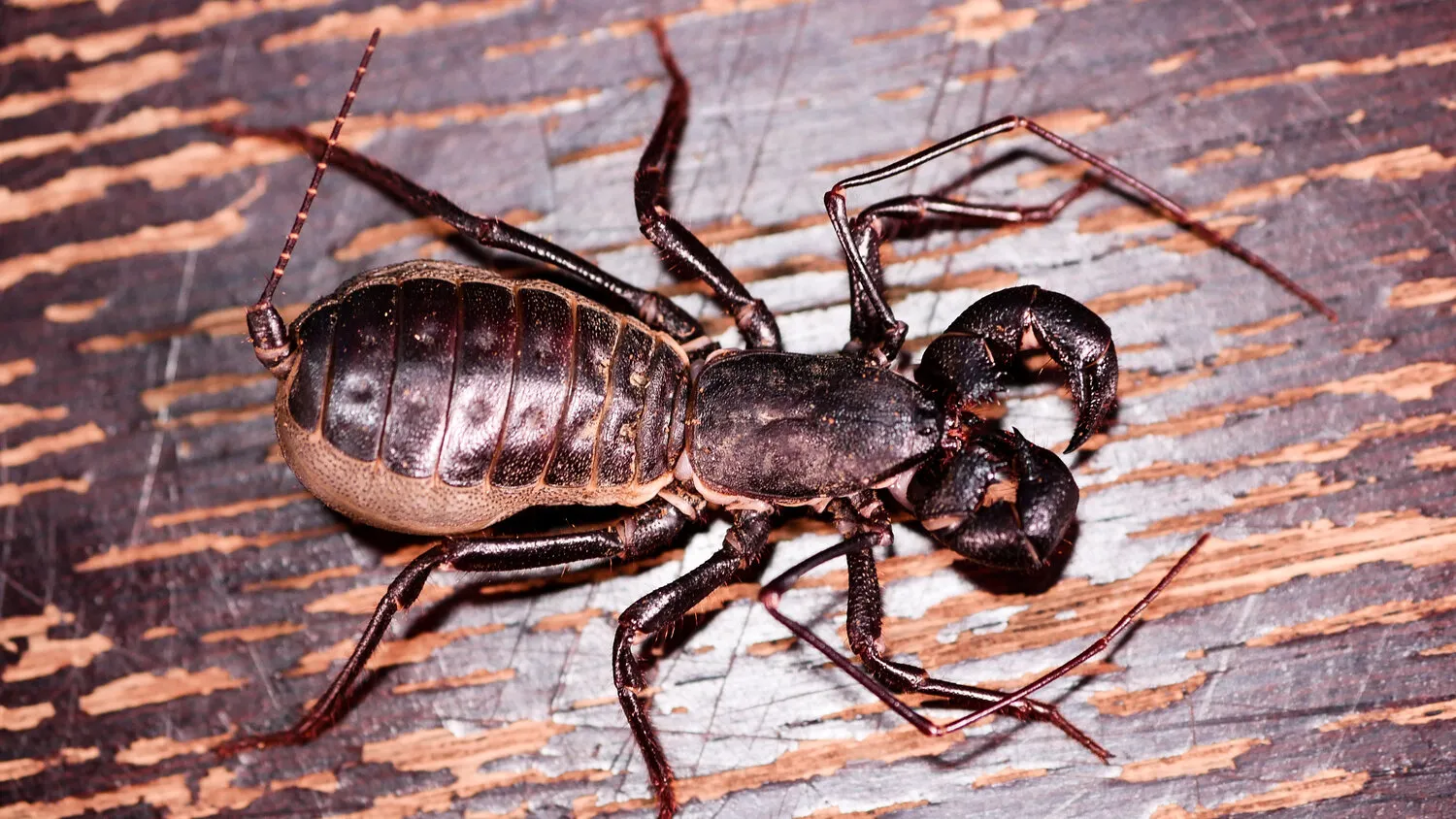
Vinegaroon Habitats
Vinegaroons are typically found in warm, humid environments. They often inhabit tropical and subtropical regions, including the southwestern United States, Mexico, and parts of South America. They prefer to live in burrows, under rocks, or in rotting logs, seeking shelter from the sun and predators. Their habitat preference reflects their need for a moist environment, as they are susceptible to dehydration. The microhabitats they occupy are essential for their survival, providing a suitable place for them to hunt, hide, and reproduce. Vinegaroons’ distribution is heavily influenced by factors like temperature, humidity, and the availability of prey.
Tarantula Habitats
Tarantulas are found in a wide range of habitats, including grasslands, deserts, rainforests, and even suburban areas. Their geographic distribution is extensive, with species found in North and South America, Africa, Asia, and Australia. Some tarantulas are terrestrial, living in burrows they dig themselves or occupy abandoned rodent holes. Others are arboreal, residing in trees and shrubs. The habitat of a tarantula species depends heavily on its adaptations and prey availability. They are often found in warm climates, but certain species have adapted to cooler regions. Their adaptability has contributed to their widespread presence across the globe. They tend to thrive in various environments.
Behavioral Traits
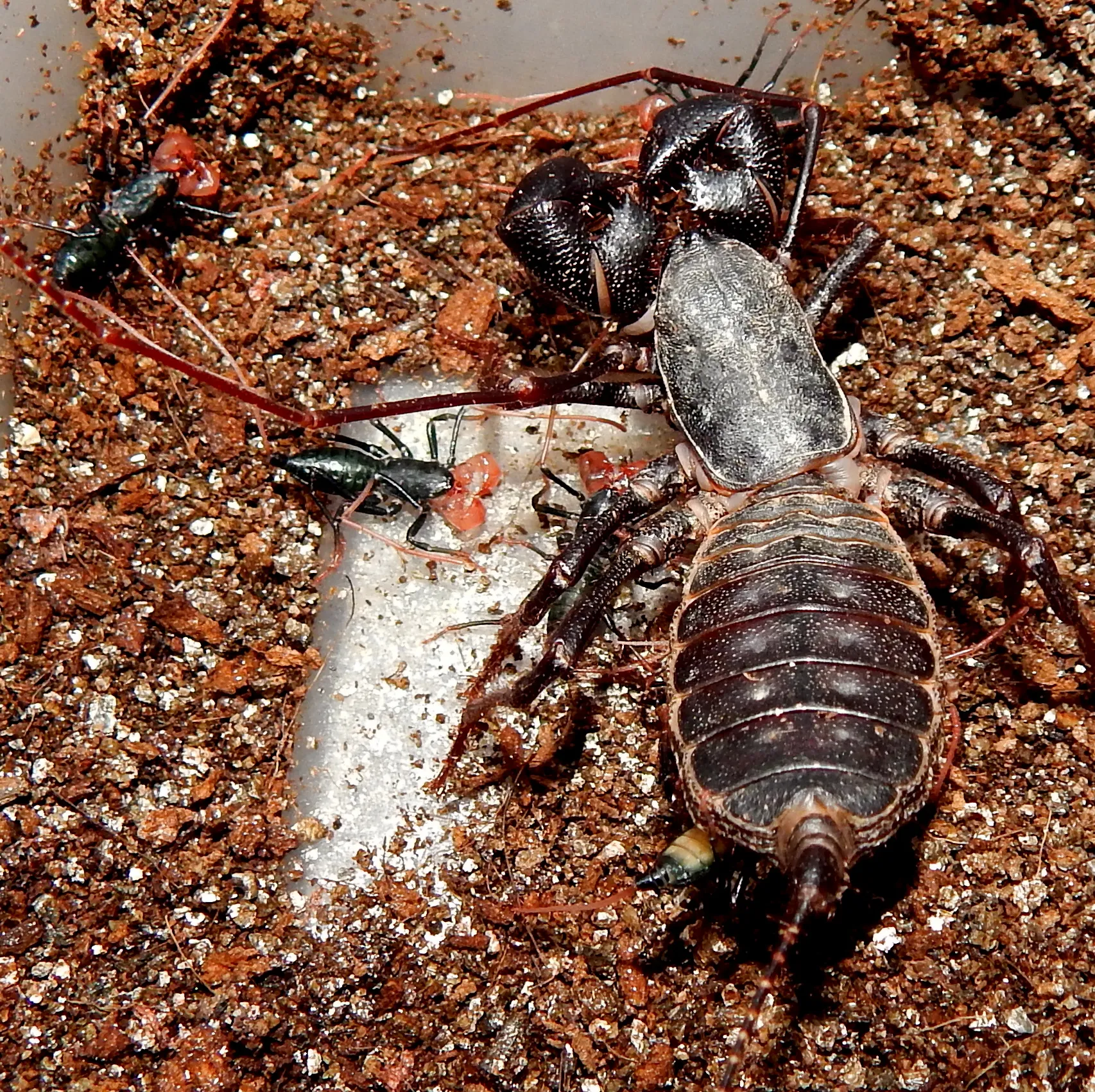
Vinegaroon Behavior
Vinegaroons are primarily nocturnal hunters, meaning they are most active at night. They are solitary creatures, only interacting with others during mating. They are ambush predators, waiting for prey to come within reach before quickly seizing it with their pedipalps. When threatened, vinegaroons release a defensive spray from their abdomen containing acetic acid, which smells like vinegar, hence their name. This spray is primarily a defense mechanism, and they are generally not aggressive towards humans. Vinegaroons’ behaviors are adapted to their environment and the need to survive while remaining hidden from threats. They are masters of ambush and stealth.
Tarantula Behavior
Tarantulas also have diverse behavioral traits. Some are active hunters, while others are ambush predators. Their behavior can vary widely depending on the species and the environment. Many tarantulas are nocturnal or crepuscular (active at dawn and dusk). They are generally not aggressive towards humans, but they may bite if they feel threatened. Some tarantulas will flick urticating hairs from their abdomen as a defense mechanism. During mating, males must cautiously approach females to avoid being eaten. Their behaviors range from elaborate courtship rituals to specific hunting techniques. They are also solitary creatures, except when mating. Their various behaviors add to their intrigue.
Venom and Bite
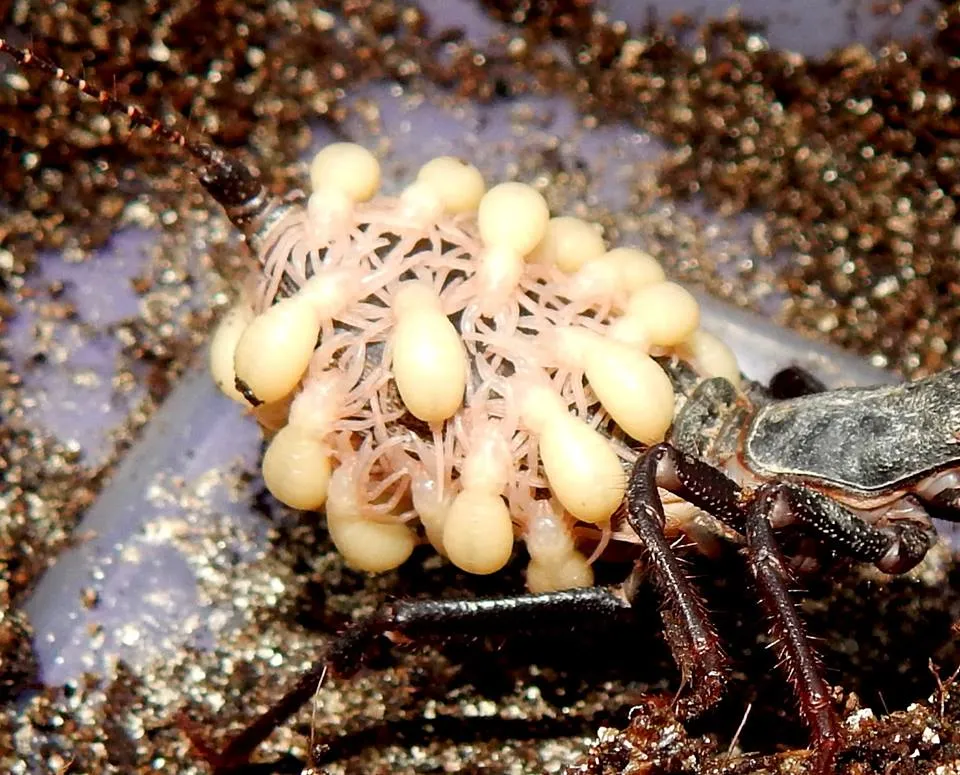
Vinegaroon Defensive Mechanisms
Vinegaroons do not possess venom glands or a venomous bite. Their primary defense mechanism is the release of a foul-smelling liquid from glands at the base of their abdomen. This liquid contains acetic acid, which gives it a vinegar-like odor, and is aimed to deter potential predators. They can spray this liquid accurately. Though unpleasant, it is generally harmless to humans, but it can cause minor skin irritation or temporary blindness if it gets into the eyes. The vinegar spray is a highly effective defense tactic, allowing the vinegaroon to ward off threats without the need for venom. The spray’s potency and accuracy make it a reliable deterrent in the wild.
Tarantula Bite and Venom
Tarantulas do have venom, which they inject through their fangs when they bite. However, the venom of most tarantula species is not considered life-threatening to humans. The effects of a tarantula bite typically include localized pain, swelling, and redness. Some people may experience more severe reactions, such as muscle cramps or nausea. The severity of the bite depends on the species of tarantula and the amount of venom injected. Some tarantulas also have urticating hairs on their abdomen, which can cause skin irritation upon contact. It’s important to seek medical attention if experiencing significant symptoms after a bite. Tarantula venom is primarily used to subdue prey.
Diet and Feeding Habits
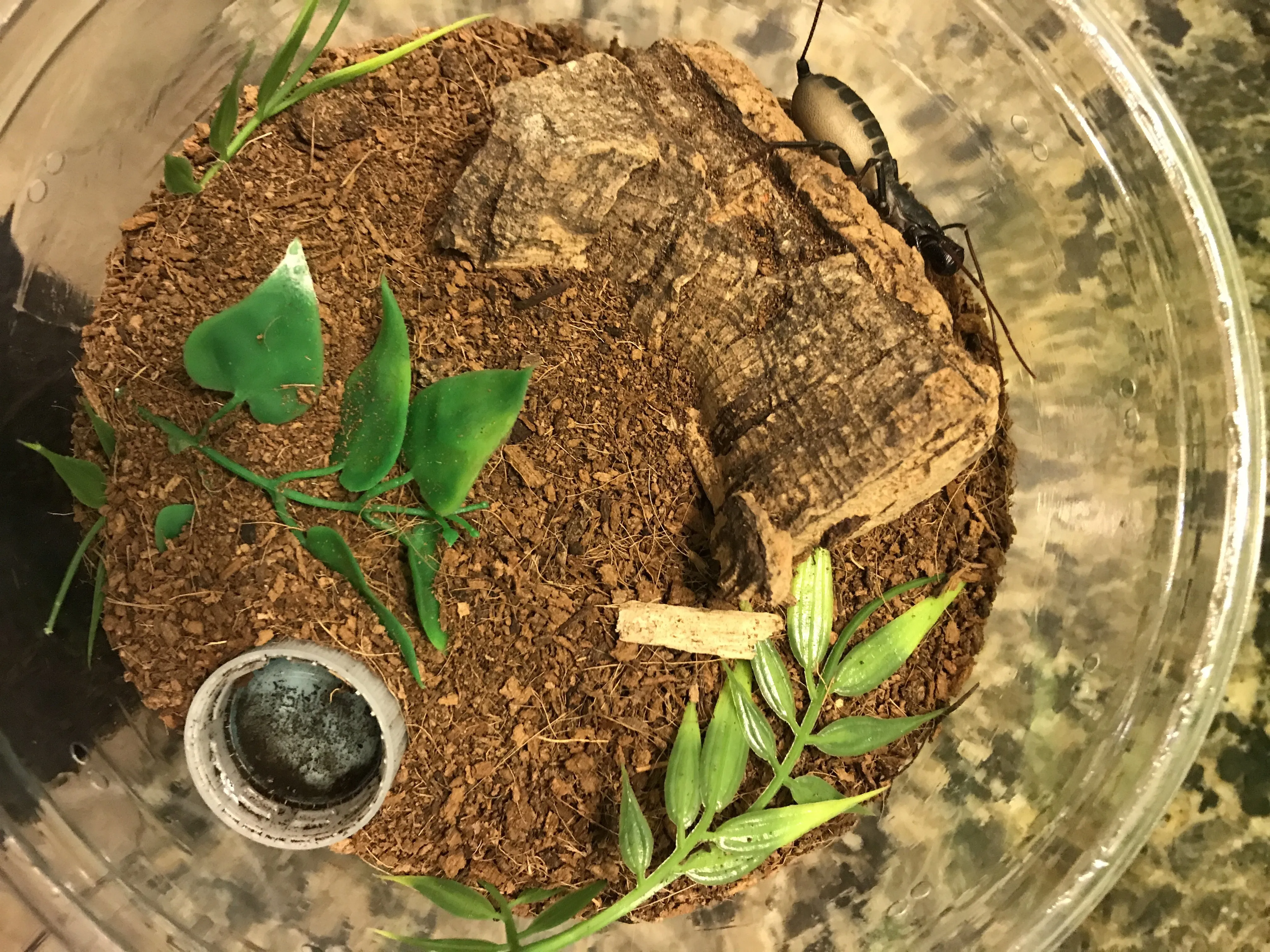
Vinegaroon Diet
Vinegaroons are primarily insectivores, meaning they feed on insects and other small invertebrates. Their diet consists of prey like crickets, millipedes, termites, and other arthropods they can find in their habitat. They locate their prey using their long, whip-like tail, which helps them sense vibrations in the ground. The pedipalps, or pincers, are then used to capture and crush the prey, and they feed on the fluids after breaking it down. They are important predators in their ecosystems, helping to control the population of other invertebrates. Their diet is simple and focused on small, readily available food sources.
Tarantula Diet
Tarantulas are also primarily insectivores but can eat a wider variety of prey due to their larger size. They feed on insects, but also consume small vertebrates, such as mice, lizards, and birds, depending on the species. Tarantulas ambush their prey, waiting patiently until it comes within range. They then quickly pounce and inject venom through their fangs. The venom paralyzes the prey, and digestive enzymes break down the prey from the inside out. The tarantula then sucks up the liquefied nutrients. Their diet can fluctuate based on the availability of prey in their particular habitat. They are crucial predators in their ecosystems.
Conclusion
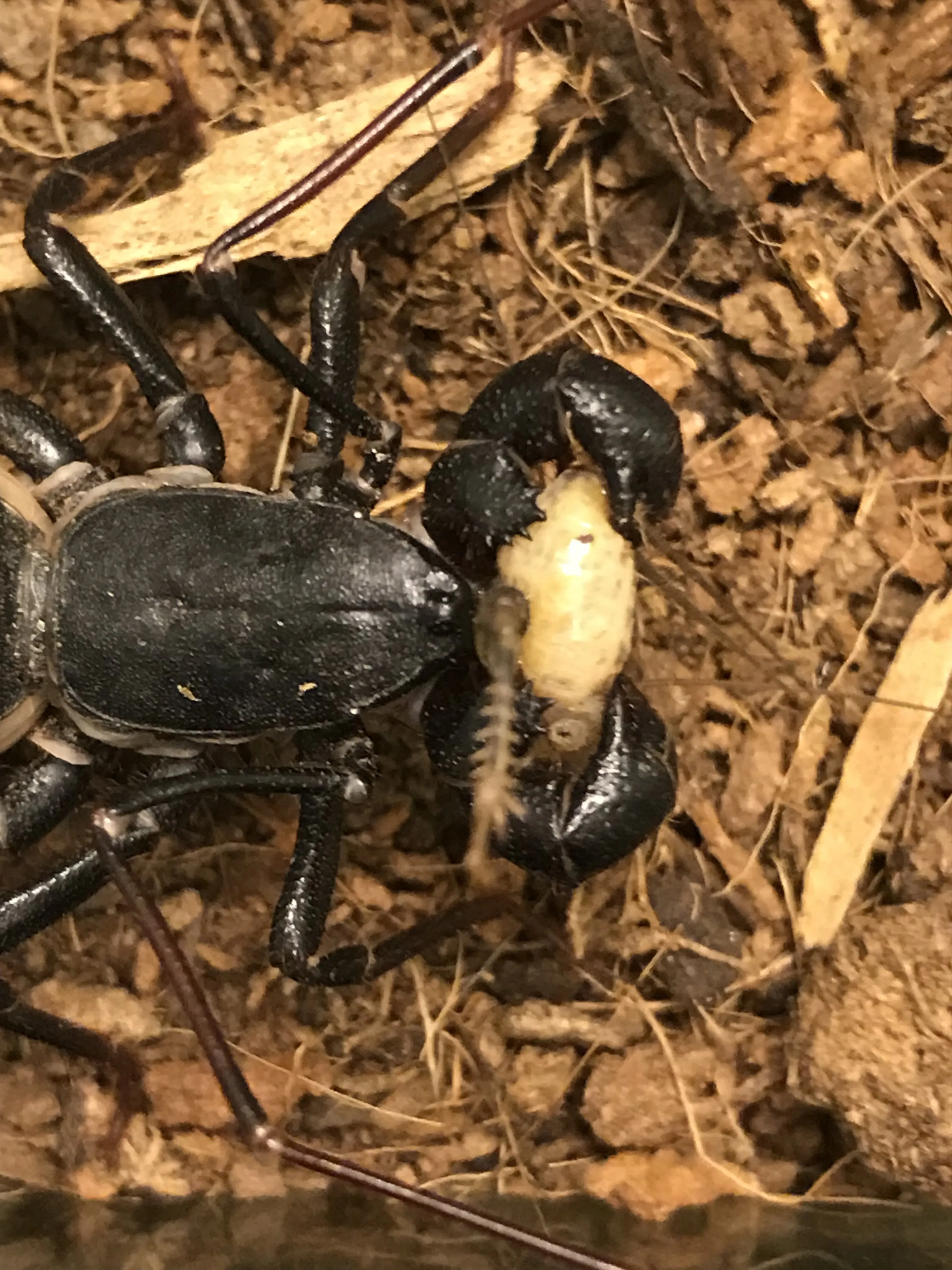
Both the vinegaroon and the tarantula are intriguing members of the arachnid family, each with unique adaptations and survival strategies. The key differences in appearance, habitat, behavior, and defense mechanisms are crucial for understanding their ecological roles. While the tarantula is known for its size, hairy appearance, and venomous bite, the vinegaroon stands out with its whip-like tail and vinegar-scented defense. Studying these differences allows us to appreciate the vast diversity within the animal kingdom. Understanding their unique characteristics allows us to respect these creatures and ensure their survival. Both play an important role in their respective ecosystems.
